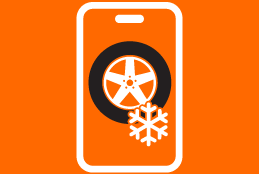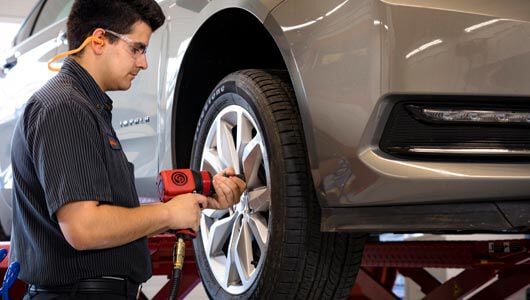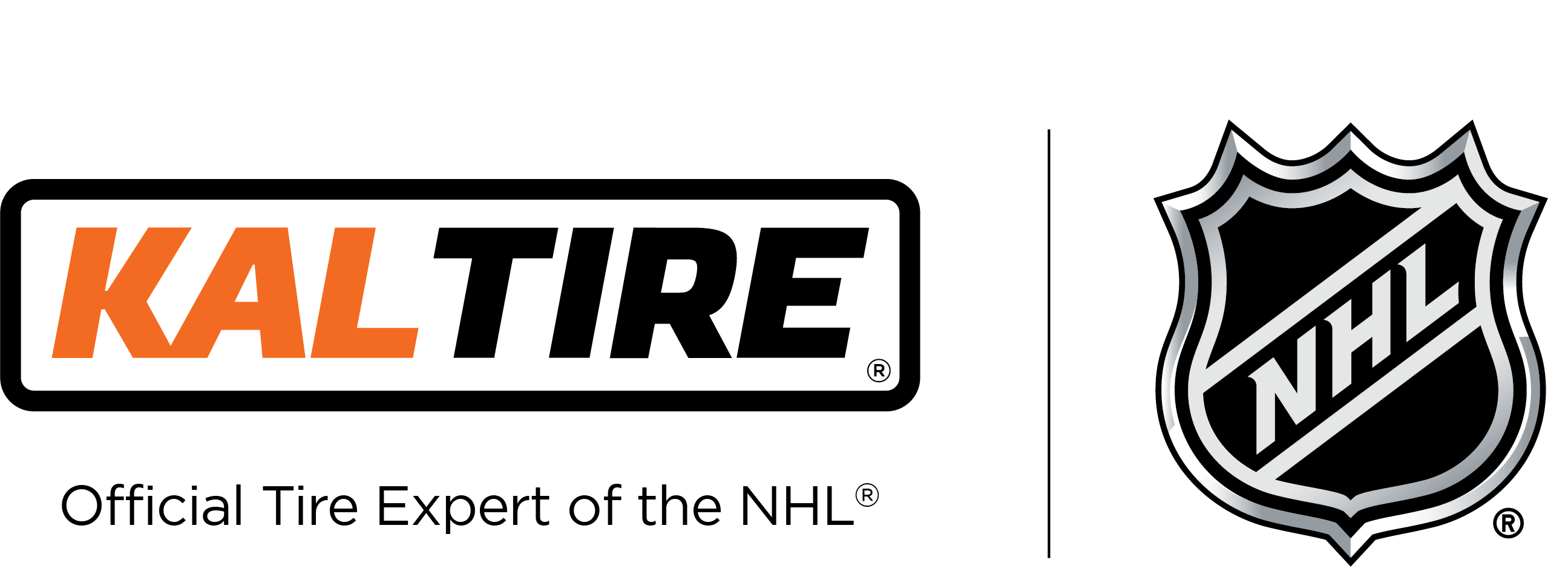Do you need to rotate winter tires?

One of the questions we’re often asked is, “Do I need to rotate my winter tires?”
The short answer is yes. Next to checking your tire pressure, proper rotation of your winter tires is the second-most important maintenance step for any vehicle.
Moving your winter tires around from one position on your vehicle to another ensures their longevity and allows for optimal performance.
Why do we rotate winter tires?
The reason why we rotate winter tires is to promote even wear and extend their life as well as improve performance. Tires with good tread depth and even wear offer better:
- Balance handling
- Steering response
- Traction on icy, slippery roads
- Snow cornering
- Braking performance
Why should front tires be rotated with rear tires?
Front tires on most vehicles experience more stress, wear, weight, alignment, and cornering force issues. Swapping your front tires to the back at regular intervals allows your tires the chance to wear at the same rate.
Do you need to rotate winter tires on all-wheel drive (AWD) and rear-wheel drive vehicles?
Yes. The same rules for rotating winter, summer, and all-weather tires apply to all-wheel drive (AWD) vehicles and rear-wheel drive vehicles.
The front tires on AWD vehicles are more likely to wear out faster in the front than in the back. The sensors that monitor AWD vehicles sometimes work in overdrive, especially when you have severely worn tires on the back. Rotating all four winter tires puts less stress on the components and sensors of your AWD system.
Rear-wheel drive vehicles exert more force on the back tires than the front, so it’s important to
rotate your rear tires to the front from left to right to ensure even wear.
How often should you rotate your winter tires?
Similar to their warmer-weather counterparts, winter tires should be rotated approximately every 8,000 to 10,000 kilometres, or to the tire manufacturer’s recommended time.
Ask your Kal Tire Service Team to rotate your tires when they are changed over for the winter season, and at other regular intervals.
Rotations are also a good chance for your service team to catch any alignment issues due damage from:
- Potholes
- Snow-hidden curbs
- Accidents
- Worn parts
Some slight misalignments won’t be felt at the steering wheel. However, they can show up as uneven wear on tires. Going in for regular tire rotations helps to gauge alignment issues early on, and prevent suspension problems in the future.
What are the rotation patterns used for different types of vehicles and tires?
Depending on your vehicle’s drive system, and your tires, rotations follow a handful of patterns based on several factors, including whether your tires are:
- Directional
- Asymmetrical
- Non-Directional
Directional tread-pattern tires, identified by an arrow on the sidewall, are designed to roll only in one direction. Directional tires should only be rotated from front to back or back to front and on the same side of the vehicle to make sure they are pointing in the right direction.
Asymmetrical tires, where the inner and outer halves of the tire have different tread patterns, should be rotated from front to back on the same side of the car, but not from one side to the
Rear-wheel vehicles that use non-directional tires should be rotated using the cross or X pattern, from back to front and to opposite sides.
Learn more by reading what the difference is between Directional, Asymmetrical, and Symmetrical Tire Patterns.








